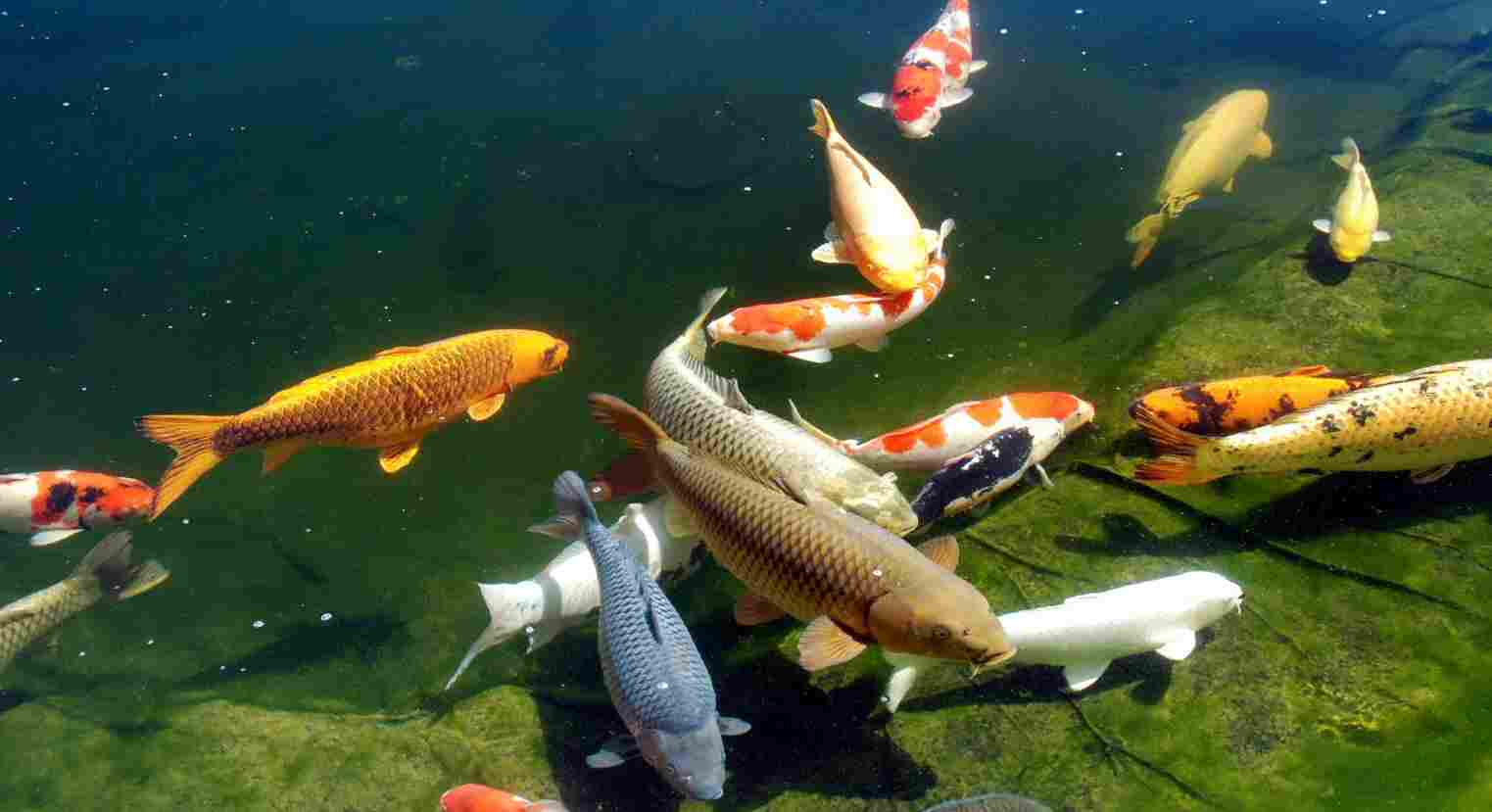
The Ultimate Guide to Wa Koi Pond Care: Tips, Tricks and Best Practices
Introduction
Wa Koi pond care can be a delightful hobby for those who enjoy the serene beauty of these ornamental fish and want to create a peaceful oasis in their backyard. But koi ponds, like any other living ecosystem, require regular maintenance, care, and attention to thrive and stay healthy. Whether you are an experienced koi owner or new to this hobby, this ultimate guide will help you understand the essentials of Wa Koi pond care and provide you with the best practices and tips to keep your fish happy and healthy.
Why Caring for Your Koi Pond is Important
Koi ponds are not just decorative elements, but complex systems that require a balanced environment to thrive. Neglecting to care for your koi pond can lead to an array of problems, including:
- Poor water quality
- Algae blooms
- Overcrowding
- Diseases and parasites
- Malnutrition
- Loss of fish
To prevent these, you should follow the best practices and tips for koi pond care, including:
Wa Koi Pond Care Best Practices
1. Understand the Basics of Koi Pond Design
Designing your koi pond correctly is crucial to keep the water clean and healthy for the fish to thrive. The essential elements of a good koi pond design include:
- Proper size (based on the number and size of fish)
- Built-in filtration system (mechanical, biological, and chemical)
- Aeration and circulation system
- Appropriate depth and dimensions
- Shelter and hiding places (e.g., plants, rocks, caves)
- Quality water source
- Regular monitoring and testing
2. Keep the Water Clean and Balanced
The key to keeping your koi healthy is to maintain the water quality by ensuring natural balance and cleanliness. Here are some steps to follow for proper koi pond water care:
- Regularly monitor and test the water parameters (e.g., pH, ammonia, nitrates, dissolved oxygen, temperature)
- Perform partial water changes (10-20% of the total volume) weekly or more frequently if needed
- Remove any debris, leaves, or dead plants from the pond
- Trim the plants to prevent overgrowth
- Avoid overfeeding (feed your koi only what they can consume in a few minutes)
- Use quality koi food (with balanced protein, vitamins, and minerals)
- Consider using a UV-c lamp to control algae growth
- Make sure the koi pond is not in direct sunlight, which can cause water evaporation and temperature spikes
3. Deal with Pest and Disease Problems
Koi fish can be susceptible to diseases or parasites, especially when stressed or kept in poor water conditions. Here are some common koi pond problems and their solutions:
- Ich or white spot disease: it can be treated with salt baths, increased water temperature, or medication.
- Fungus: can be treated with antifungal medication or salt baths.
- Parasites: can be prevented by quarantining new fish and treating them with medication.
- Ulcers or wounds: can be treated with topical medication and improving water quality.
- Overcrowding: can cause stress and malnutrition, leading to diseases, so keep the koi population within limits.
Conclusion
Wa Koi pond care can be a rewarding and enjoyable experience if done correctly. By following the best practices, tips, and advice outlined in this ultimate guide, you can ensure that your koi fish thrive in a clean, healthy, and harmonious environment. Remember that koi are living creatures that deserve the proper care and attention to live long and happy lives, so make sure to dedicate some time, effort, and resources to maintain your koi pond regularly.







